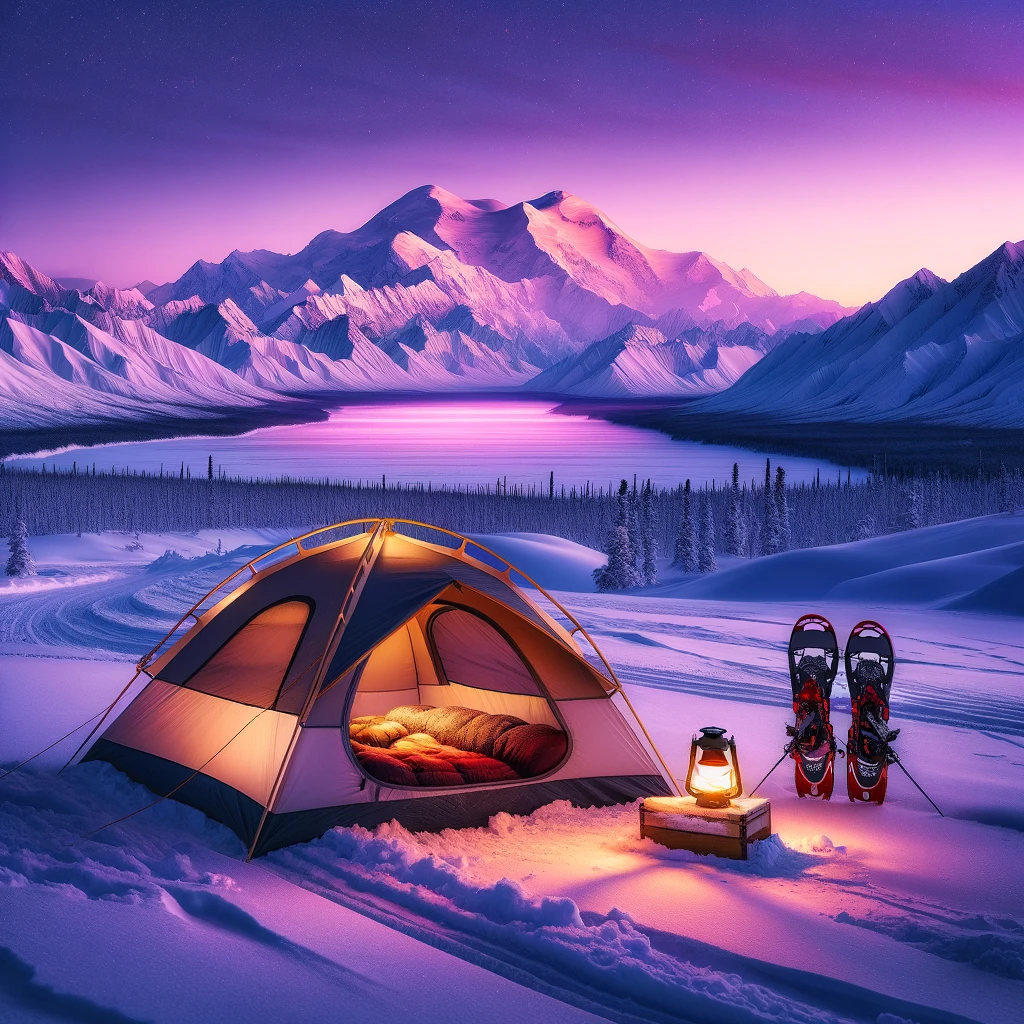Winter camping offers a unique and exhilarating experience, but it also presents significant challenges that require careful planning and preparation. The serene beauty of snow-covered landscapes can quickly turn treacherous if you’re not adequately prepared for the harsh conditions. This comprehensive guide will walk you through the essential components of winter camping emergency preparedness, ensuring you’re ready to face whatever Mother Nature throws your way.
Understanding Winter Camping Risks
Before venturing into the winter wilderness, it’s crucial to understand the potential hazards you may encounter. Environmental risks such as extreme cold temperatures, sudden snowstorms, and whiteouts can disorient even experienced campers. Additionally, the threat of avalanches in mountainous areas cannot be overlooked.
Health risks are equally important to consider. Hypothermia and frostbite are ever-present dangers in cold environments, while dehydration can sneak up on you as the dry winter air and increased physical exertion deplete your body’s water reserves.
Essential Components of a Winter Camping Emergency Plan
Pre-Trip Planning
The foundation of a successful winter camping trip is thorough pre-trip planning. Research your camping area extensively, paying close attention to weather patterns and forecasts. Inform trusted friends or family members of your detailed trip plans, including your expected return date. This information can be crucial if a search and rescue operation becomes necessary.
Emergency Communication
In remote winter environments, reliable communication can be a lifesaver. Invest in a satellite phone or emergency beacon for areas without cell coverage. Don’t forget low-tech backup options like whistles and signaling mirrors, which can be effective in attracting attention in emergency situations.
Navigation and Orientation
Mastering navigation skills is paramount in winter conditions. While GPS devices are useful, they can fail in extreme cold. Always carry a map and compass, and know how to use them effectively in low-visibility situations.
First Aid and Medical Preparedness
A winter-specific first aid kit is essential. Include items like chemical hand warmers, blister treatment, and materials for splinting. Equally important is the knowledge to treat cold-weather injuries effectively.
Creating a Comprehensive Emergency Kit
Your emergency kit should be tailored to winter conditions. Include items for shelter and warmth, such as emergency blankets and fire-starting materials that work in wet and cold environments. Pack high-energy, non-freezing food options and reliable water purification methods suitable for cold temperatures.
For a detailed guide on constructing an effective emergency shelter, check out our article on how to build a snow shelter for winter camping.
Developing Emergency Response Protocols
Establish clear protocols for various emergency scenarios. If someone gets lost, implement the STOP method: Stop, Think, Observe, and Plan. For injuries, have a plan for assessing and treating cold-related injuries in the field. In severe weather, know when to abort the trip and how to quickly construct emergency shelters.
Training and Skill Development
Invest time in developing crucial winter survival skills. Practice building snow shelters and starting fires in cold, wet conditions. Physical fitness is also vital; acclimatize to cold weather gradually and maintain good cardiovascular health.
Leveraging Technology for Winter Camping Safety
While traditional skills are important, modern technology can enhance your safety. Use reliable weather forecasting apps to make informed decisions about your trip. Understand how emergency location services work and how to maximize your chances of being found if needed.
Group Dynamics and Emergency Management
When camping in a group, assign clear roles and responsibilities. Designate a group leader and ensure emergency gear is distributed among members. Practice clear communication and decision-making processes for crisis situations.
For a comprehensive overview of winter camping safety practices, visit our essential guide to winter camping safety.
Post-Trip Analysis and Plan Refinement
After each winter camping trip, conduct a thorough debrief. Analyze what worked well and what could be improved in your emergency preparedness. Use these insights to refine and update your emergency plans for future trips.
Conclusion
Emergency preparedness is an ongoing process. Stay informed about best practices, keep your skills sharp, and always prioritize safety in your winter camping adventures.
Winter camping can be an incredibly rewarding experience when approached with the right preparation and mindset. By understanding the risks, developing a comprehensive emergency plan, and continually refining your skills and protocols, you can enjoy the winter wilderness safely and confidently.

Leave a Reply